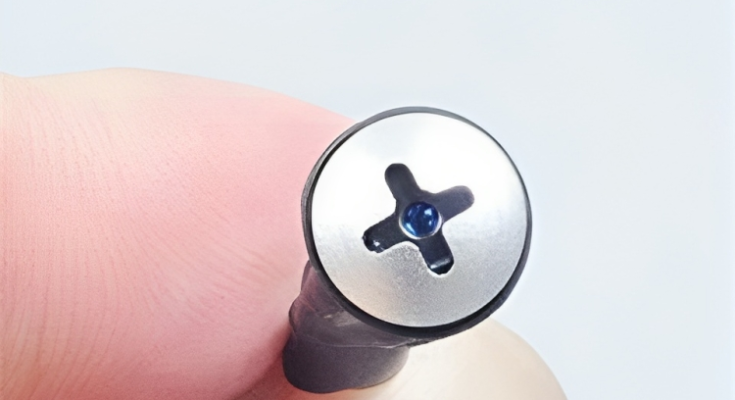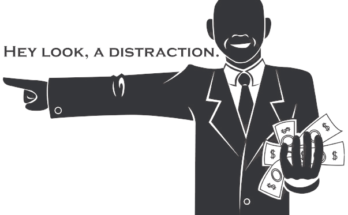Imagine unwinding on a dream vacation, only to discover that your private moments are not so private. Unfortunately, this scenario isn’t confined to horror movies—it’s a reality for many travelers. Shockingly, over 10% of travelers have stumbled upon hidden cameras in their lodgings. Beyond accommodations, these invasive devices have been found in public restrooms, hotel rooms, and dressing rooms.
The need to protect personal privacy has never been more critical. To empower you in safeguarding your space, we’ve compiled a comprehensive guide on how to detect hidden cameras. From common hiding spots to detection methods, we’ll equip you with the knowledge to ensure your privacy remains intact.
Why it Matters: Unveiling the Prevalence of Hidden Cameras
The invasion of privacy through hidden cameras is a growing concern. Whether they’re lurking in your Airbnb or public spaces, these devices can capture your intimate moments without consent. Recognizing and knowing how to counteract the signs is crucial in maintaining control over your personal space.
Detecting Hidden Cameras: Your Comprehensive Guide
1. Look for Suspicious Objects
Start your quest by conducting a physical search of your surroundings. Pay close attention to seemingly ordinary objects that might house hidden cameras, such as clocks, smoke detectors, wall decor, or USB charging blocks. If something appears amiss, cover and unplug it—hidden cameras may have built-in batteries, allowing them to operate even when unplugged.
2. Check for Lights
Dim the lights in the room, creating an environment conducive to spotting any unexpected illumination. Some hidden cameras have small LED lights that emit a subtle glow in the dark. Sweep your surroundings and be attentive to any sources of light that seem out of place.
3. Use a Flashlight
Harness the power of a flashlight to reveal hidden cameras. Darken the room, then shine the flashlight, looking for blue or purple reflections. These reflections could indicate a camera lens. Once detected, scrutinize the object to confirm if it conceals a hidden camera.
4. Check Any Mirrors
Some sly individuals hide cameras behind two-way mirrors. Place your fingertip on its surface to discern if a mirror is authentic. If there’s a visible gap between your fingertip and its reflection, it’s genuine. A two-way mirror may show the reflection and fingertip touching. Knocking on a two-way mirror produces a hollow sound compared to a real mirror.

5. Use Your Smartphone Camera
Many hidden cameras emit infrared light, which may be invisible to the naked eye but detectable by your smartphone camera. Test this by pointing your phone at an infrared remote control. If your screen shows a burst of purple or white light, your camera is picking up infrared signals. Use your smartphone camera to scan for infrared light sources in a dark room.
6. Scan Your Wi-Fi Network
Modern hidden cameras may connect to the internet for remote monitoring. Utilize a network scanning application to detect unfamiliar devices on your Wi-Fi network. Look out for device names like “IP camera” that could indicate a hidden camera connected to the network.
7. Check for Signal Interference
Some hidden cameras emit radio waves, potentially disrupting nearby phone calls. Call a friend and walk around the area, listening for any buzzing or crackling that might signal interference. While not foolproof, this method can provide an additional layer of detection.
8. Use a Hidden Camera Detector App
Leverage the capabilities of your smartphone by downloading a hidden camera detector app. These apps often combine Wi-Fi scanning, Bluetooth scanning, and infrared detection. Follow the instructions carefully to maximize your chances of finding hidden cameras.
9. Use a Hidden Camera Detector
For a more specialized approach, consider purchasing a hidden camera detector. These devices scan for radio frequency (RF) signals emitted by hidden cameras. While pricier, they offer a focused solution. Follow the device’s instructions meticulously, considering potential interference from household electronics.
11. Thermal Imaging
Hidden cameras generate heat, and thermal imaging can help spot these temperature variations. A thermal camera or infrared thermometer can reveal unusual hotspots, potentially indicating a concealed device.
12. Radio Frequency (RF) Detectors
RF detectors specialize in identifying signals emitted by wireless devices, including hidden cameras. Sweep the area with an RF detector, and if there’s an unusual spike in activity, investigate further.

13. Lens Reflectivity Analysis
Some hidden camera lenses are designed to be reflective. By using a laser pointer or a strong flashlight at a low angle, you might catch a glint off the camera lens, helping you pinpoint its location.
15. Audio Sweep
Beyond disrupting phone calls, hidden cameras with audio recording capabilities emit faint sounds. Use a high-quality audio recorder or a dedicated listening device to sweep the room for any unusual noises.
Common Hiding Spots: Where to Look for Hidden Cameras
Certain objects and locations commonly conceal hidden cameras regardless of your chosen detection method. Be vigilant in scrutinizing:
- Smoke detectors
- Pens
- Books
- Light bulbs
- Clocks and alarm clocks
- USB charger blocks
- Two-way mirrors
- Picture frames
- Electrical outlets
- Decorative plants
- Air filters
- Keyholes
Keep in mind that hidden cameras vary in size and shape, and this list is not exhaustive. Perpetrators may devise unique hiding spots, necessitating an smart and thorough search.
Conclusion: Safeguarding Your Privacy
In an age where technology can be both a boon and a bane, safeguarding your privacy is paramount. Whether you’re a frequent traveler or value your personal space, mastering the art of detecting hidden cameras ensures you control who can witness your most intimate moments. Stay vigilant, employ these detection methods, and reclaim your right to privacy.
By being proactive and informed, you can confidently navigate the modern landscape, ensuring that your moments remain personal. In the evolving digital age, where unseen watchers abound, knowledge is your most potent weapon.
Remember, vigilance is not mistrust—it’s a commitment to preserving your autonomy in a world where privacy is a precious commodity. Arm yourself with knowledge, stay aware, and enjoy the peace of mind of reclaiming your private spaces.




